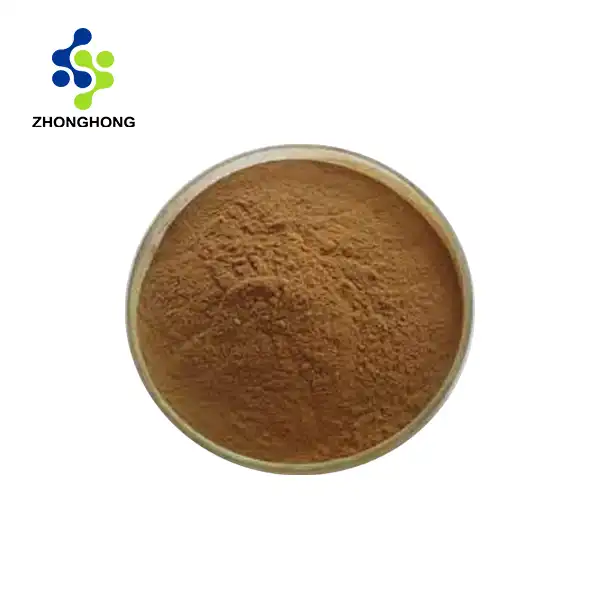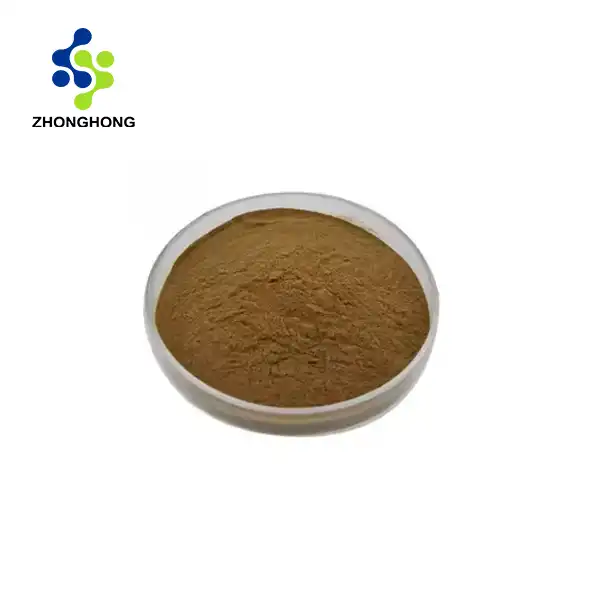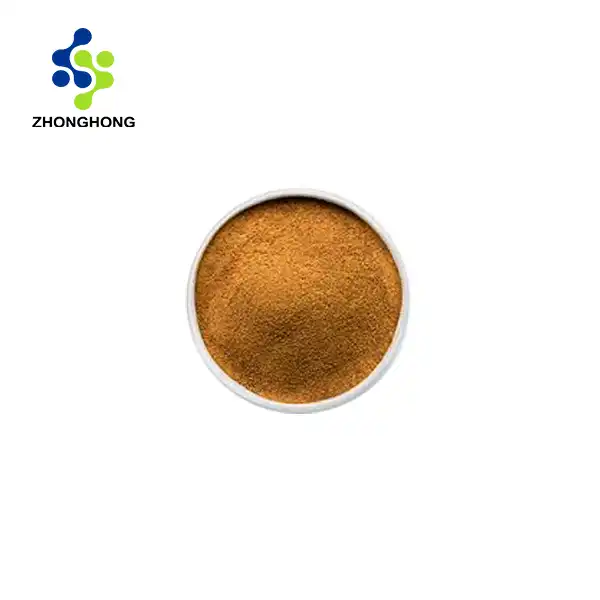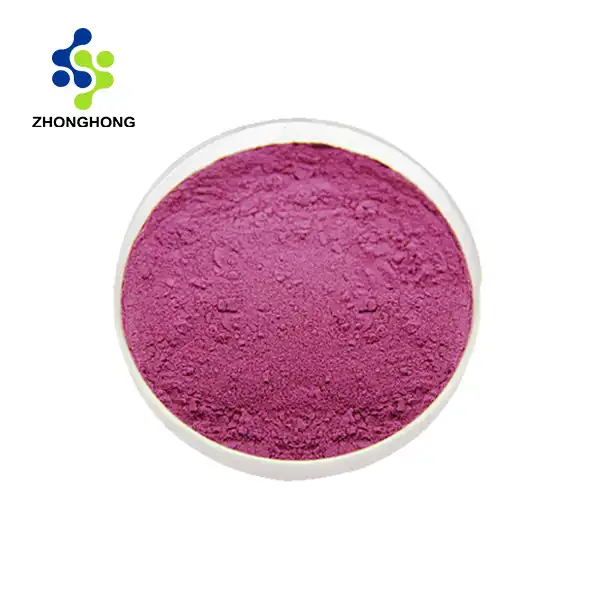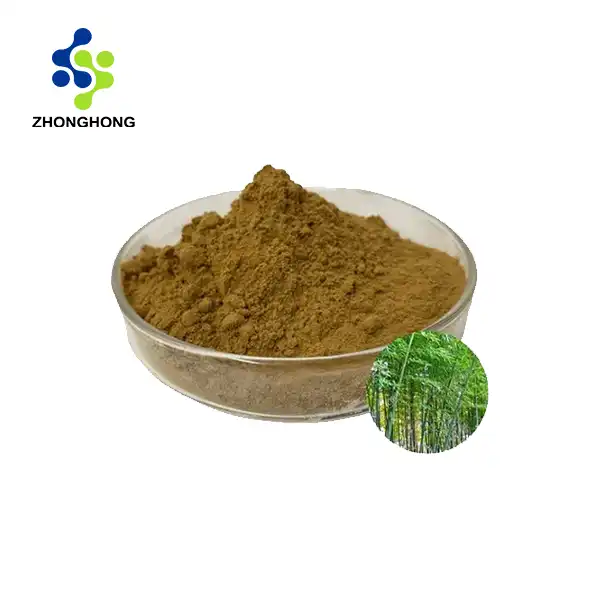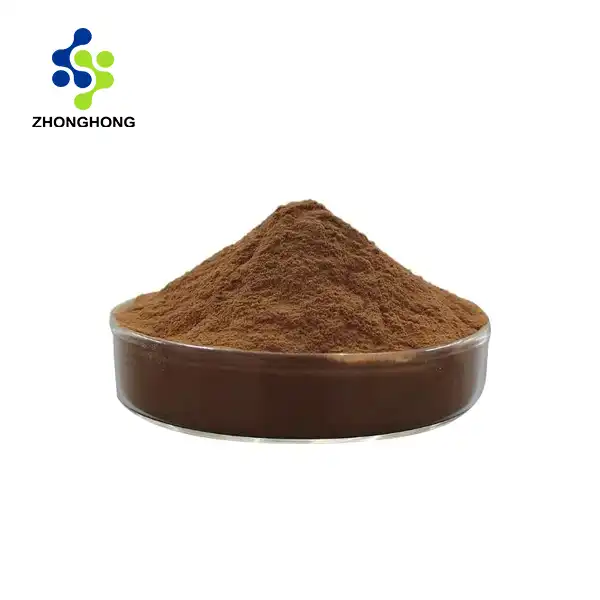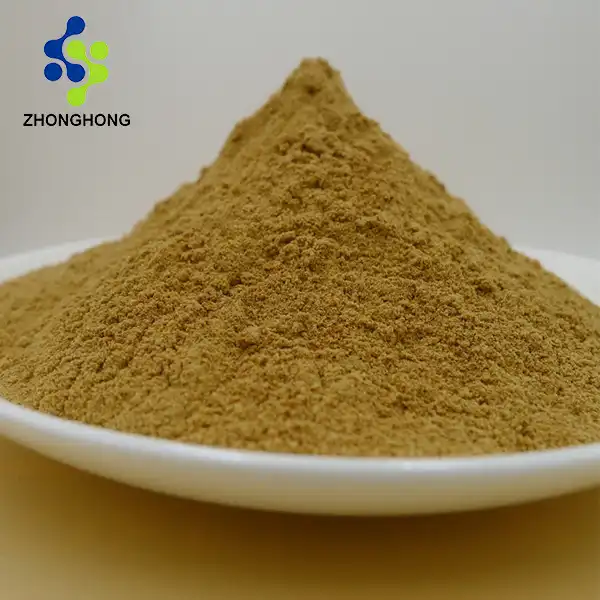How Monascus Red Powder Revolutionizes Food Industry?
2025-01-02 17:00:53
Monascus Red Powder, derived from the fermentation of Monascus purpureus, has emerged as a game-changer in the food industry. This natural pigment not only provides vibrant red hues to various food products but also offers potential health benefits. As consumers increasingly demand natural ingredients, Monascus Red Powder has gained prominence as an alternative to synthetic food colorants. This blog explores the innovative applications, advantages over synthetic dyes, and regulatory aspects of Monascus Red Powder in the food sector. We'll delve into how this versatile ingredient is transforming food production, addressing consumer preferences, and meeting industry standards, ultimately revolutionizing the way we approach food coloring and additives.
Innovative Applications of Monascus Red Powder
Enhancing Visual Appeal in Processed Foods
Monascus Red Powder is widely used to enhance the visual appeal of processed foods, offering a vibrant and enticing red hue. Its ability to integrate seamlessly into various food matrices makes it a popular choice for manufacturers looking to create products that are both visually striking and naturally colored. From plant-based meat substitutes to candy and snacks, Monascus Red Powder adds a natural pop of color, increasing the attractiveness of food items while ensuring a more wholesome and clean label product.
Functional Food Applications
Monascus Red Powder is gaining popularity not just for its aesthetic benefits but also for its potential functional properties. Research has indicated that it may have cholesterol-lowering effects, making it a valuable ingredient in functional foods aimed at promoting heart health. Health-conscious consumers are increasingly seeking foods with added health benefits, and Monascus Red Powder offers a natural way to provide both visual appeal and a boost to health. Its incorporation into supplements and fortified foods reflects a growing trend toward combining nutrition with natural coloring solutions.
Beverage Industry Revolution
The beverage industry has widely adopted Monascus Red Powder as a natural colorant, finding it particularly useful in creating visually appealing drinks. From fruit juices to energy drinks, the powder provides a stable and consistent red color that holds up well during processing and storage. Its excellent water-solubility makes it especially suitable for liquid applications, offering a clean-label alternative to synthetic dyes. This makes Monascus Red Powder a preferred choice for beverage makers looking to meet consumer demand for both natural ingredients and visually appealing drinks.
Monascus Red Powder: A Natural Alternative to Synthetic Dyes
Consumer Demand for Clean Labels
The shift towards clean label products has propelled the adoption of Monascus Red Powder in the food industry. Consumers are increasingly scrutinizing ingredient lists, favoring products with natural colorants over those containing artificial dyes. This trend has prompted food manufacturers to reformulate their products, replacing synthetic red dyes with Monascus Red Powder to meet consumer expectations for cleaner, more natural ingredients.
Stability and Versatility
One of the key advantages of Monascus Red Powder over synthetic alternatives is its stability across various pH levels and processing conditions. This versatility allows food manufacturers to use it in a wide range of applications without compromising color quality or intensity. Unlike some natural colorants that may fade or change hue during processing, Monascus Red Powder maintains its vibrant red color, making it a reliable choice for food producers.
Environmental and Sustainability Benefits
The production of Monascus Red Powder through fermentation processes offers environmental benefits compared to the synthesis of artificial dyes. It requires fewer chemical inputs and can be produced using renewable resources. As sustainability becomes increasingly important in the food industry, the eco-friendly nature of Monascus Red Powder production aligns with the goals of environmentally conscious manufacturers and consumers alike.
Regulations and Standards for Monascus Red Powder Usage
Global Regulatory Landscape
The use of Monascus Red Powder in food products is subject to varying regulations across different countries and regions. In some parts of Asia, it has been used traditionally for centuries and is widely accepted. However, in regions like the European Union and the United States, its use is more strictly regulated. Food manufacturers must navigate these regulatory differences to ensure compliance when using Monascus Red Powder in products intended for global distribution.
Safety Assessments and Dosage Guidelines
Regulatory bodies have conducted extensive safety assessments of Monascus Red Powder to establish guidelines for its use in food products. These assessments consider factors such as potential toxicity, allergenicity, and interactions with other food components. As a result, specific dosage limits and usage guidelines have been established to ensure the safe incorporation of Monascus Red Powder into various food categories.
Labeling Requirements and Consumer Information
Food manufacturers using Monascus Red Powder must adhere to specific labeling requirements to inform consumers about its presence in products. In many jurisdictions, it must be listed on ingredient labels as a natural color or by its specific name. This transparency is crucial for consumers with allergies or dietary restrictions and aligns with the broader trend towards greater ingredient disclosure in the food industry.
Conclusion
Monascus Red Powder has undeniably revolutionized the food industry by providing a natural, versatile, and consumer-friendly alternative to synthetic red dyes. Its innovative applications, stability, and alignment with clean label trends position it as a key ingredient in the future of food coloring. As regulations evolve and consumer demand for natural products grows, Monascus Red Powder will likely continue to play a significant role in shaping the food industry landscape. If you want to get more information about this product, you can contact us at liaodaohai@gmail.com.
References
1. Zhang, L., Li, J., & Zhou, K. (2019). Monascus pigments: A review on their production, bioactivity, and potential applications. Food & Function, 10(4), 1854-1868.
2. Vendruscolo, F., Müller, B. L., Moritz, D. E., & Ninow, J. L. (2017). Monascus: a review on pigment-producing species and their applications. Critical Reviews in Food Science and Nutrition, 57(18), 3921-3933.
3. Feng, Y., Shao, Y., & Chen, F. (2012). Monascus pigments. Applied Microbiology and Biotechnology, 96(6), 1421-1440.
4. Dikshit, R., & Tallapragada, P. (2018). Monascus purpureus: A potential source for natural pigment production. Journal of Microbiology and Biotechnology Research, 4(1), 31-36.
5. Srianta, I., Ristiarini, S., Nugerahani, I., Sen, S. K., Zhang, B. B., Xu, G. R., & Blanc, P. J. (2014). Recent research and development of Monascus fermentation products. International Food Research Journal, 21(1), 1-12.
6. Patakova, P. (2013). Monascus secondary metabolites: production and biological activity. Journal of Industrial Microbiology & Biotechnology, 40(2), 169-181.
_1728976869676.webp)
